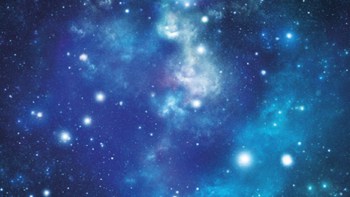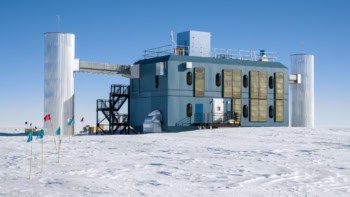In March 1993 a massive star in the nearby galaxy M81 exploded to become the second brightest supernova ever observed. However, the absence of hydrogen in SN1993J soon started to puzzle astronomers. Now, ten years later, a team from the UK and Hawaii have discovered that the progenitor of the supernova may have lost most of its hydrogen to a nearby companion star before it exploded (J Maund et al. 2004 Nature 427 129). Moreover, the team has now seen this star - the first time that a companion star has survived a supernova explosion.

Shortly after the explosion, SN1993J was classified as a typical type-II supernova because hydrogen lines could be seen in its spectra. However, the hydrogen lines disappeared after a few weeks, meaning that SN1993J had to be reclassified as a type I-b supernova. Moreover, instead of gradually fading away, as expected, it became brighter.
The most likely explanation for this unusual behaviour was that a companion star in the vicinity of the supernova had ‘captured’ the hydrogen from the progenitor star. Until now, however, no such star had been found.
Stephen Smartt from Cambridge University and colleagues at Oxford University and the University of Hawaii imaged SN1993J using the Advanced Camera for Surveys on the Hubble Space Telescope, and also took spectroscopic measurements with the 10-metre Keck telescope in Hawaii. They found spectral features of a star superimposed on the supernova spectrum, and they believe that these features are the signature of the companion star.
The UK-Hawaii team says that its results represent a “triumph” for the previously proposed theoretical model and will help them better understand the stellar physics that lead to supernovae. “Supernova explosions are at the heart of our understanding of the evolution of galaxies,” says Smartt. “It is essential that we know what types of stars produce them.”
The work is part of a larger project to identify supernova progenitors in different galaxies and the team now hopes to increase the number of progenitors that have been observed from 2 to 20 over the next five years.



